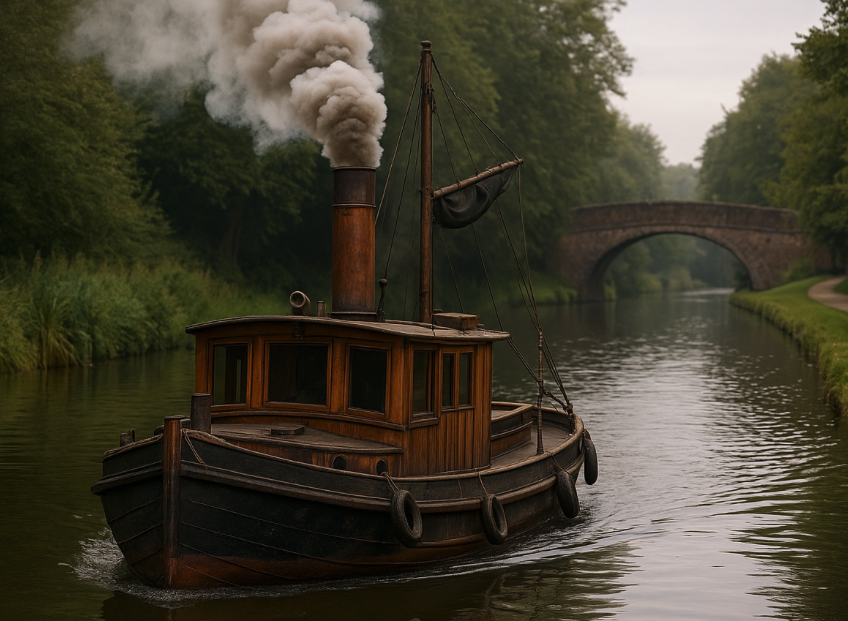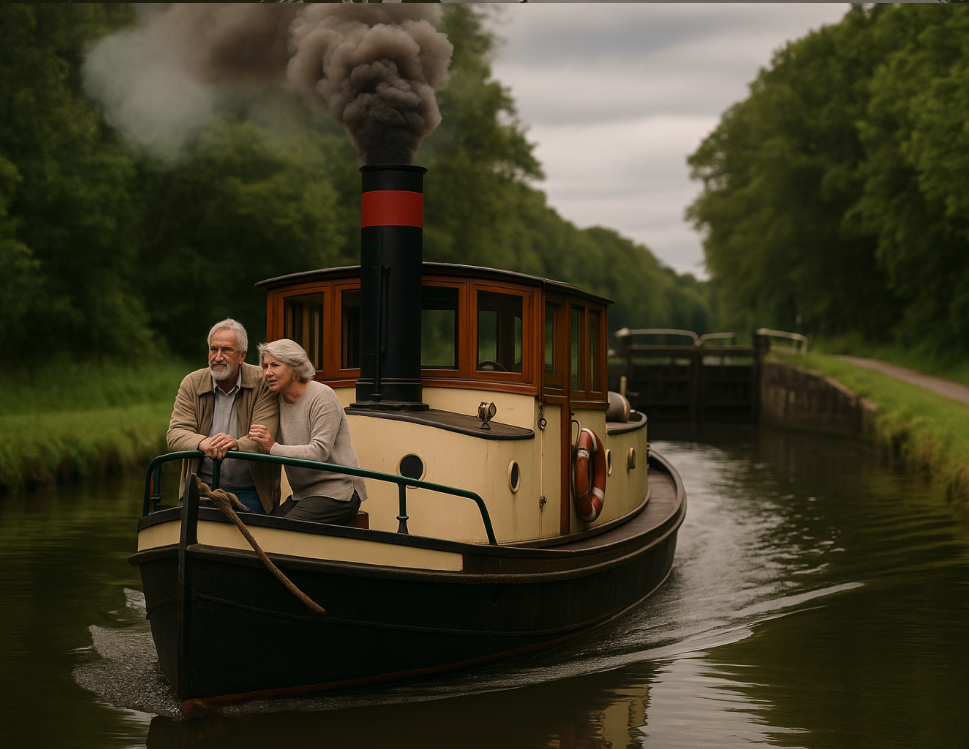OLD HULLS, WOOD SMOKE, AND NARROW LOCKS: CRUISING ON HISTORIC VESSELS THAT STILL RUN
Cruising has always been a highly revered experience that allows people to connect with nature as they disconnect from the pressures of daily life. Young and old people alike all come ready to leave it all behind and spend their days soaking in the sun and their nights being rocked to sleep by the gentle sea waves. And in the digital age, these experiences have gotten much better by allowing people to have the pleasures of the modern age, even at sea. Take satellite Wi-Fi addition in Canadian cruises as an example. Guests can easily play games in Ontario online casinos while still aboard their ships. These and many other technological touches have made cruising all the more exciting. But do these integrations mean that we are moving away from the cruising elements that were a hit centuries ago? Not at all. We walk you through why many people still choose to cruise on historic vessels and why booking such a trip could wow you more than being on a completely modern cruise.
What Encompasses a Historic Cruise Vessel?
Modern recreational ships may have all the glitz and glam, but few come close to the authentic cruise experiences offered by older cruise ships. Why is that? Well, it comes down to the following features:
1. The Specific Designs.
When shipmakers worked on old cruise ships, their focus was on resilience rather than speed. As such, they relied heavily on durable materials such as thick and heavy timber as well as riveted steel, which were known to weather the elements. What’s more, they designed the ships based on where they would sail and dock. Narrowboats, for example, were built to fit seven-foot wide locks in the UK, while barges were designed to be wide and shallow so they could navigate the waters of the river. Every detail of these ships came down to durability and functionality, which is why their designs were so unique.
2. The Obvious Mechanics.
If you look at a modern cruise ship, you can hardly tell how it works because most of its internal parts are hidden under plastic. After all, the goal is to create an aesthetically pleasing vessel that looks good. But historical ships were nothing like this, which is why they are so alluring to travelers who want to step back in time. The mechanical components in these ships were not only visible, but they were also loud. Passengers got a full view of the engines, which were often steam plants or large displacement diesel engines. As for the sounds, the passengers could hear the engines working. It was this mix of engine sounds coupled with the scent of coal smoke and hot oil that made these journeys so unique. People could literally experience nostalgia after their trips from the simple scent of diesel.
3. The Manual Operations.
Technology has come so far that ships essentially steer themselves. But with the old cruise ships, this was not an option as all the work fell on the captains. They were in charge of guiding their vessels down the waterways patiently and with precision, especially when they had to navigate narrow waterways. It was this active and manual process of operating the ships that made the journeys all the more exciting. Even now, many travelers flock to these cruises with the goal of watching as captains guide the ships through old channels.
Are Historic Cruises Worth It?
With the influx of travelers who are opting for historic cruises, it’s natural for one to wonder whether a similar journey would be worthwhile. So, what’s the answer? Absolutely! Old cruises come with the following perks:
1. They Are A Sensory Experience.
With old ships, you do not get the perfect picture of newer ships, which hide away their mechanics under layers of plastic. Instead, you get the real deal. You get the steam, the oil, the wood smoke, the sound of the slow yet powerful engine, the vibration of the hull, and many other sensory experiences that take you on a journey. These cruises are as authentic as sailing can be, and if you truly want a grounding experience, then such a trip will serve you well.
2. They Are An Ode To The Industrial Age.
It’s one thing to read about the history of ships and cruises taken centuries ago. It’s yet another thing to experience it. You see, with old vessels, you get to walk in the shoes of the workers who once sailed the major trade routes. You get to see the same bridges, wharves, and locks that were part of their lives. You get to view the same landscapes that they woke up to along their journeys. In these small and big ways, you get to experience history. And truth be told, this is way more informative than turning the pages of a book.
3. They Allow You To Decompress.
Many people go on cruises in the hope of unwinding from their busy lives. But with modern ships, this does not always happen, as the speed of these ships is often akin to that of modern transport. In a way, it almost feels like there is no complete disconnect from the pressures of the world. Old cruises do not have this haste. As they slowly move through the waters, passengers have no option but to also slow down and be in the moment, somehow pulled into the surrounding environment. This slow pace calms the passengers, reminding them of the benefits of mindfulness and allowing them to finally let go of the need to be in control.
4. They Are Interactive.
One thing that travelers love about older cruises is that they, too, can be part of the operations. Sometimes, this is in the securing of the lines and at others, it is simply in listening to the cruise crew as they explain the mechanics of the ship or watching as they handle a technical issue.


